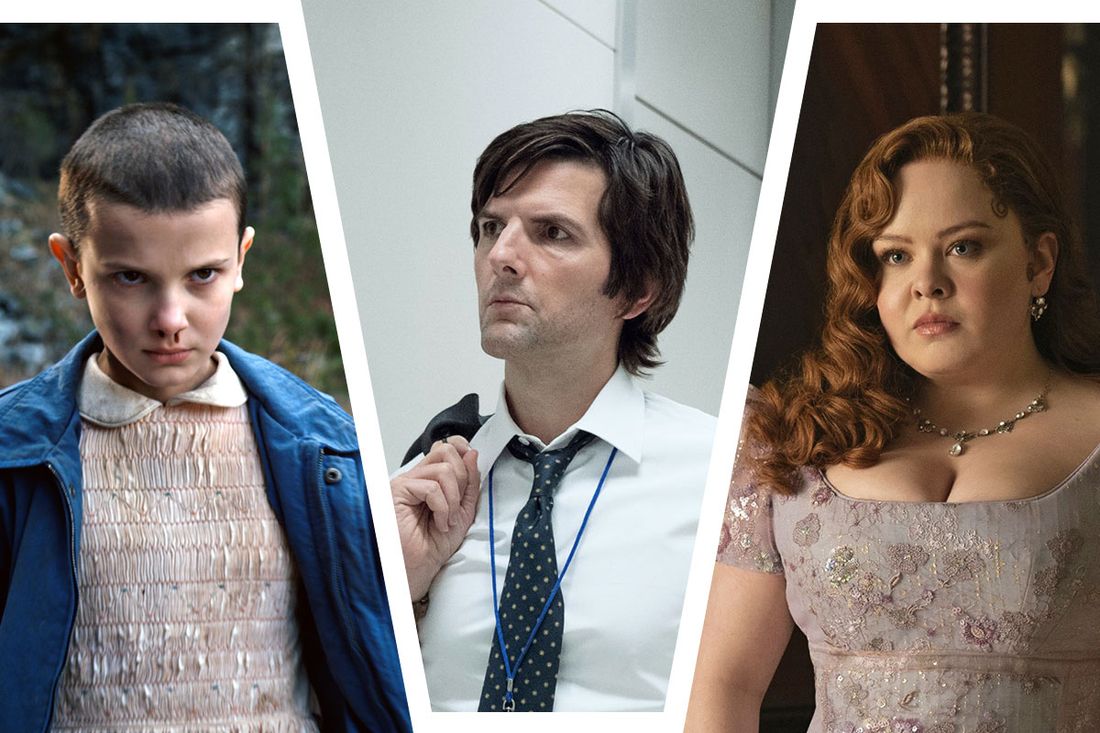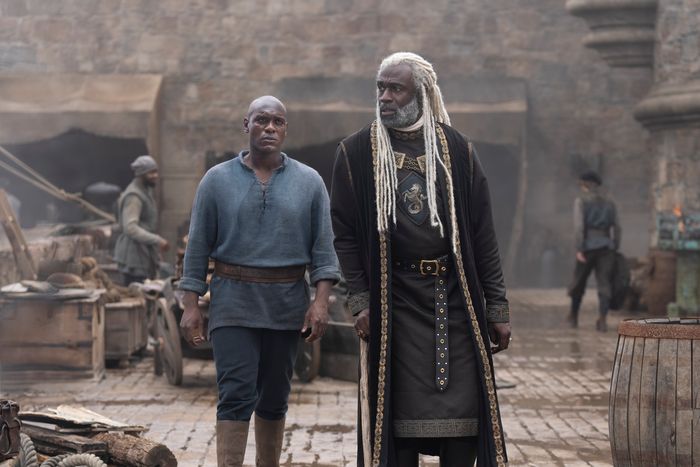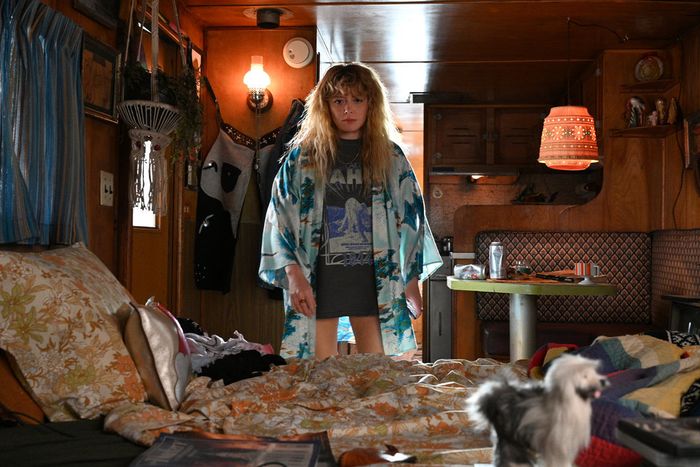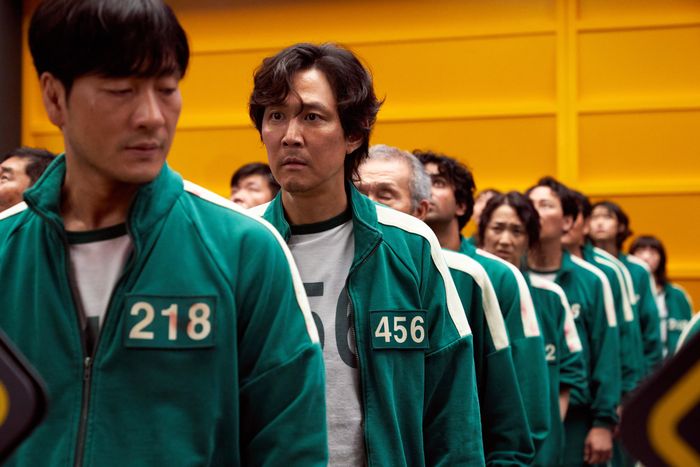
Remember Stranger Things? No, seriously — do you actually remember much of anything about the last season of one of Netflix’s biggest shows? Or, for that matter, what happened during the last seasons of HBO’s Euphoria or Apple TV+’s Severance? The last time any of those three shows premiered new episodes was during the first half of 2022, when Joe Biden had been president for barely a year and Nate Silver was teeing up Eric Adams as a future presidential nominee. This is where we are a decade into TV’s streaming era: The gap between show seasons can now sometimes be measured in presidential terms.
This is not normal — or, at least, it didn’t used to be. Back when the broadcast networks ruled the world, we’d rarely have to go more than four or five months before getting a fix of our favorite shows. (ABC’s Abbott Elementary, for example, ended its third season in May and started its fourth season last night.) But streamers are now in control, and among the many things they ended up disrupting was the notion that hit TV shows should produce new episodes on a timely basis. Delays caused by Covid and last summer’s Hollywood strikes temporarily made things worse, but even without them, the process of making and distributing TV has become so expensive and complicated that two-year waits for fresh episodes are no longer unusual and an 18-month break between seasons has become common.
And while a beloved franchise such as Stranger Things or Bridgerton can probably afford to make fans wait, when it comes to most shows, viewers very much mind the gap. “Audiences get connected to a show, and when they’re away from it for too long, it’s easy to fall out of love and forget what attracted you to it in the first place,” says veteran ER and The West Wing producer John Wells. “Not having [new episodes] available for a long period of time is one of the reasons why shows decline rather than build an audience — even shows that come on big in their first year.” A programming exec at a major streamer concurs, arguing that “familiarity” is what sets television apart from the feature film experience. “You go to a movie for two hours, but with a show, you are watching in your home week after week and year after year,” he says. “You’re building familiarity with the characters, so getting into a pattern is very helpful. It’s always better to have shows return as quickly season to season as you can. Regularity keeps people coming back.”
So if having less time between seasons is such a good thing, why have so many hit shows lately utterly failed at producing new episodes on time? Insiders point to three big factors behind The Big Wait:
1.
TV shows have turned into spectacles.
After Game of Thrones and then Stranger Things demonstrated the ratings potential of cinematic TV, every platform rushed to develop more blockbuster-level programming — think House of the Dragon, The Boys, Peacemaker. “The shows have gotten bigger and special effects are complicated and they take a long time,” explains one streaming executive. One good example of how expectations for “event” TV have changed relatively quickly: Disney’s Marvel universe shows. The series the studio made for ABC (Agents of S.H.I.E.L.D) and Netflix (Jessica Jones, Daredevil) churned out dozens of episodes and multiple seasons over the space of just a few years. But in the Disney+ era, both Marvel and Star Wars shows have felt like elongated movies which may or may not get sequels years after their initial release. The outsize ambition of these tentpole projects — even a period costume drama like Bridgerton — means turning around a new season every year “is just physically not possible given what needs to be shot. It’s like asking for a movie and then a sequel within two years. It can happen, but it’s pretty tough.”
2.
Movie people don’t know how to make shows quickly.
The line between film and TV talent has disappeared completely during the streaming wars: Platforms regularly recruit big names in order to get projects noticed, while the near collapse of the mid-budget theatrical-film business has forced less-famous movie vets to seek work in television. “What used to be this huge middle portion of the film business has disappeared, and many producers and directors and writers who were working in that area have migrated to television,” explains one seasoned small-screen scribe. “But they came from a different system where things took longer to get made, and they brought that kind of approach to TV.”
So while it might be nice to have Ben Stiller doing Severance or Rian Johnson and Natasha Lyonne carefully crafting Poker Face, these feature vets simply aren’t schooled in how to make episodic television in a timely fashion. “Doing eight hours of television is not the same as doing a two-hour movie,” the streaming executive says warily. As a rule, he notes, movie types “are not as nimble in their writing,” and there has been “confusion sometimes about who’s in charge, the writer or the director.” All of that can slow down production and increase gaps between seasons.
But even when talent is native to television, the collapse of the broadcast ecosystem has resulted in “a whole generation of TV writers who have not been trained on 22 episodes,” the executive says. “It should be easy to turn around eight or ten episodes of a half-hour show, but they just don’t have that muscle. They don’t have experience in writing quickly and writing a lot.” Blame this on streaming execs: They could have found a way to keep this sort of episodic TV factory going, but instead opted to follow Netflix off the short-season cliff, believing audiences wanted to hook up with a sexy new show every few weeks rather than form long-term relationships with a few really good series.
3.
The streaming production model doesn’t encourage timeliness.
When John Wells was cranking out weekly episodes of ER and The West Wing for NBC, he says there would be “four or five weeks between the time that you finished shooting an episode and when it could be on the air.” But in streaming, “it can be seven or eight months, even up to a year, before you get it on.” That’s because in addition to more time required for complicated special effects on many shows, today’s global platforms need “as many as 120 days to conform it to all the various territories that it’s going into,” Wells says, referring to dubbing and subtitles.
Then, once a new season of a show finally does premiere, streamers will often take their sweet time deciding whether it makes sense to order another season. “Tech companies wait 30, 60, 90 days after a binge drop to get performance data,” says one former streaming development executive. Although how many people watched matters, just as important, this executive says, are “specific metrics: completion rates of episodes and the full season, did it attract new subscribers, did it attract high income viewers.” Those numbers then get measured against the show’s overall production budget, and only then are streaming suits able to “start doing the data gymnastics to justify” ordering another season. Making things worse: Streamers don’t have prime-time schedules and time slots that must get filled by a certain date the way linear networks do. “Because there aren’t industrywide inflection points, these decisions for renewals can take as much time as the contracts allow for,” the former streaming executive says.
Can This Be Fixed?
After a decade of widening gaps between TV seasons, there are hints that the tide may soon begin to turn. The success of linear faves such as Suits and Prison Break has resulted in a new-found appreciation for “network”-style shows which can be produced more quickly, while the post-Peak TV era has ushered in a new age of fiscal discipline. “I think you’re seeing services trying to move themselves back to getting these shows on the air more regularly, particularly those who are not just dropping all the shows at once for binging purposes,” says Wells.
He should know: The veteran producer is currently overseeing a medical procedural for Max called The Pitt that will release 15 weekly episodes in 2025 and, if renewed, will have the potential to turn around a second batch of episodes within a year. “Our intention is to do a high-quality show that years ago would’ve been done by one of the major networks, but to do it for streaming,” Wells explains. “And we hope to do it on an annual basis to allow the audience to become connected to these characters and be excited when we’re coming back.”
Meanwhile over at Netflix, another seasoned TV hand — Carlton Cuse (Lost, Jack Ryan) — is currently working on a medical drama called Pulse. While Netflix has given no hint that it plans to make more than its usual 8 or 10 episodes per season, the procedural nature of the series and its auspices means that if it’s renewed, Pulse will likely join Netflix shows such as The Diplomat and The Lincoln Lawyer in rolling out new seasons annually. And while this trend is still relatively new, Wells very much welcomes any vibe shift back toward more regularly scheduled series television. “We are all very capable of staying on an ongoing schedule. That’s been television for 70 years,” the producer says. “We just have to get back into the habit of it, and I think that the audience will reward it if we do.”





